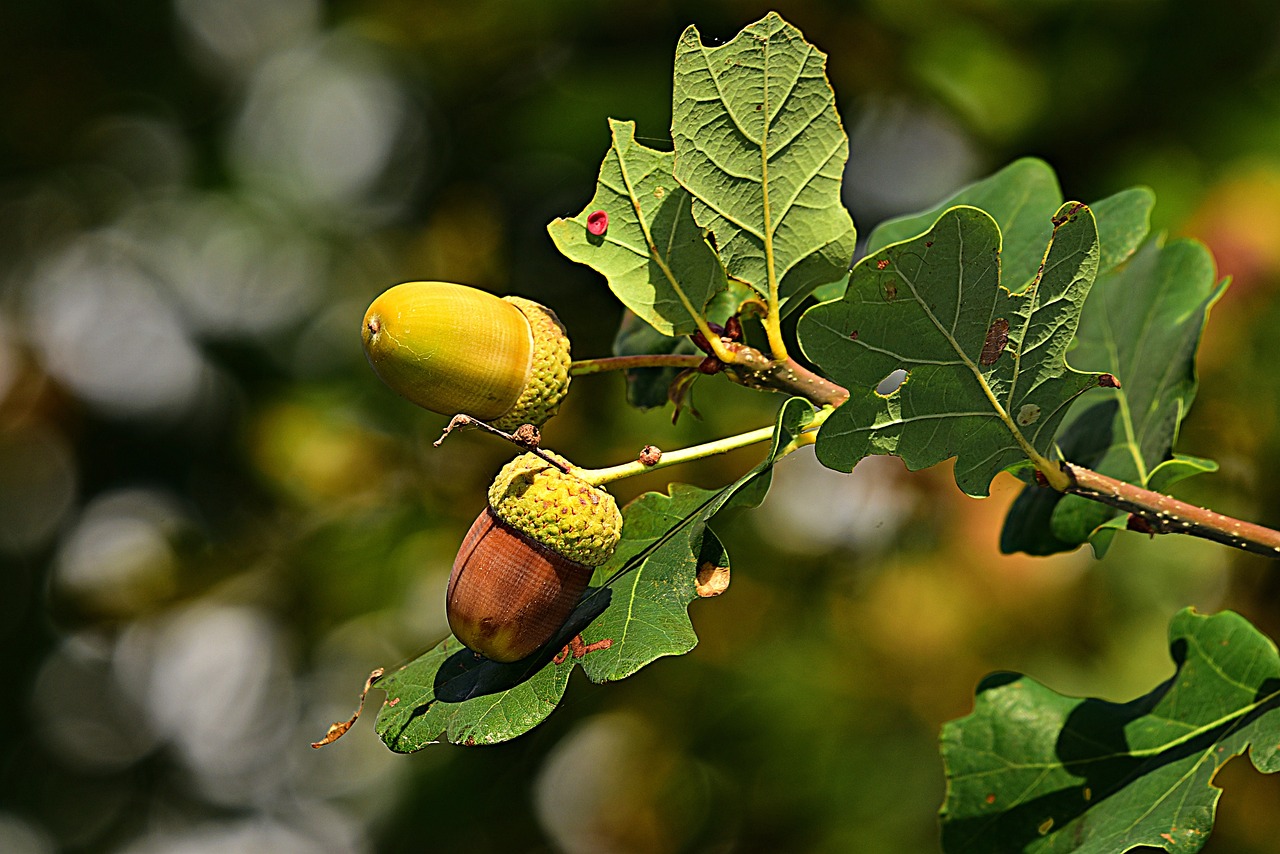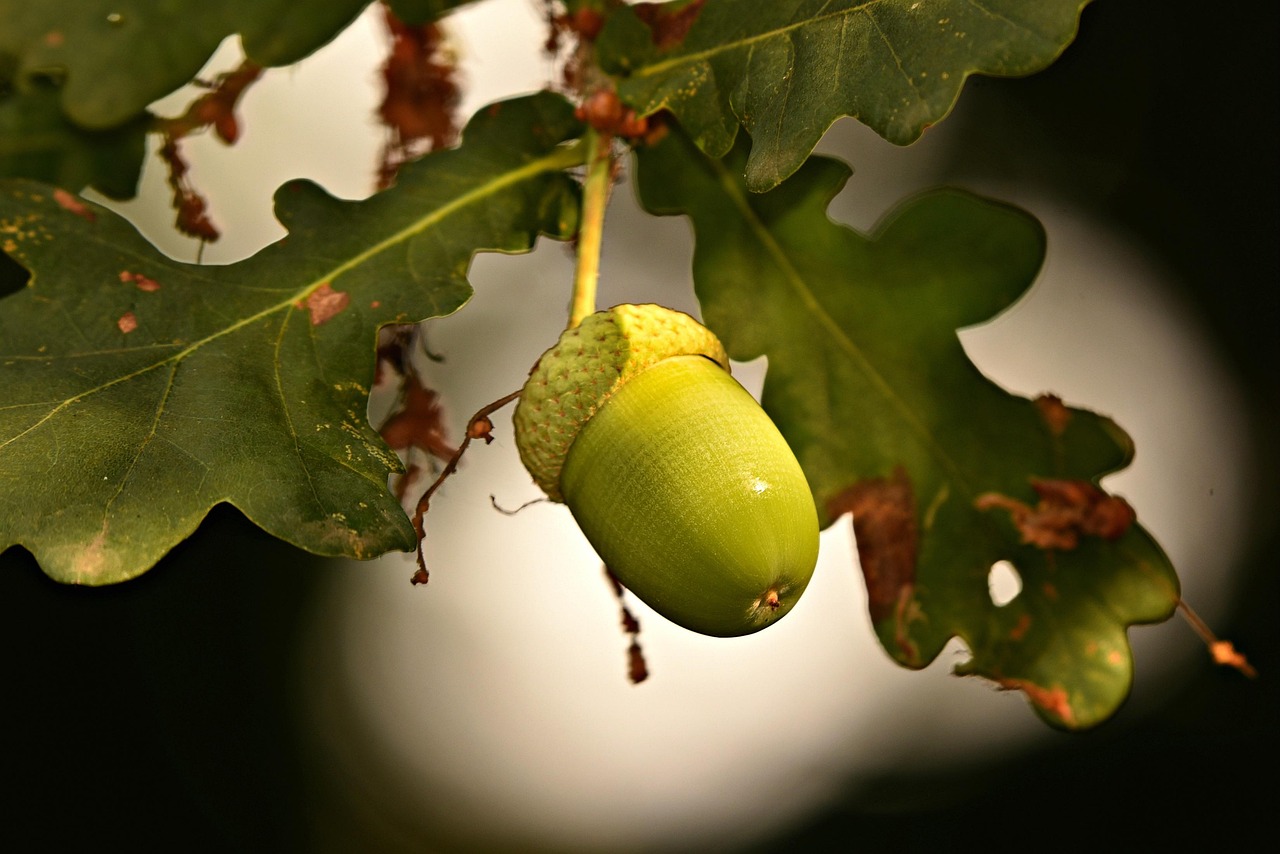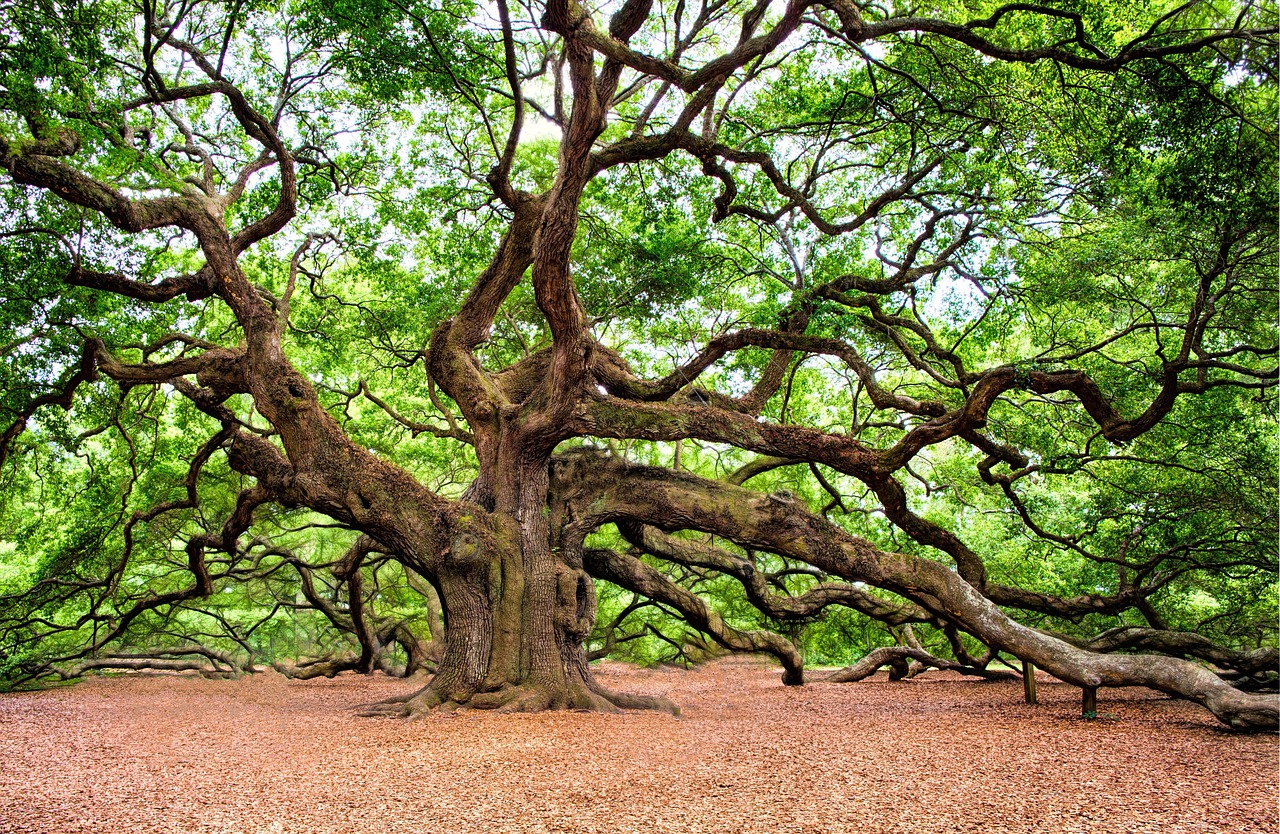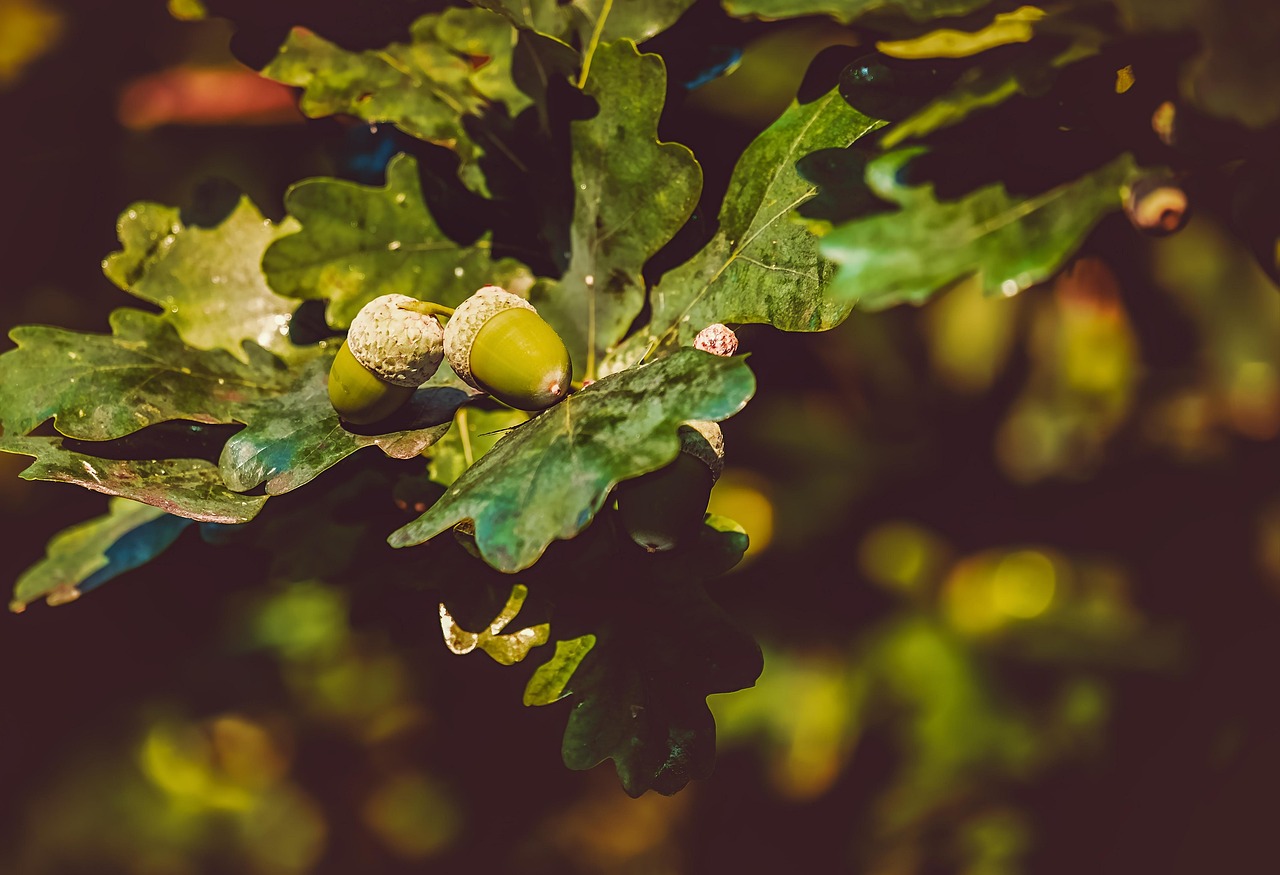The oak tree bloom cycle involves a complex process of pollination that typically occurs in spring, with male and female flowers developing on the same tree. Understanding the timing and conditions for pollination is crucial for the successful reproduction of oak trees, impacting their growth and the surrounding ecosystem.
Oak trees are among the most significant species found in temperate forests. They play a vital role in supporting biodiversity and providing habitats for various wildlife. Understanding their bloom cycle is essential for both ecological studies and practical forestry management. Oak trees generally belong to the genus Quercus, with over 600 species worldwide. Each species has unique characteristics, but they share common traits in their reproductive cycles.
The blooming of oak trees typically occurs in late winter to early spring, depending on the climate and geographical location. The timing can vary significantly based on environmental factors such as temperature, sunlight, and rainfall. As the weather warms, male catkins emerge, releasing pollen into the air to fertilize the female flowers, which are often less conspicuous.
Understanding Oak Tree Pollination

Pollination in oak trees is primarily anemophilous, meaning it is facilitated by the wind rather than by insects. This method of pollination is advantageous for oak trees, allowing them to spread their pollen over large distances. Male flowers produce a significant amount of pollen, which can travel far and potentially reach female flowers on other oak trees.
The reproductive process begins with the development of male and female flowers on the same tree. Male flowers form in long catkins that can be easily identified. These catkins release pollen during a specific period when environmental conditions are favorable. Female flowers, on the other hand, are less noticeable and are usually found clustered at the ends of branches. The timing of their maturation is crucial for successful fertilization.
Pollination occurs when airborne pollen lands on the receptive stigma of a female flower. Successful fertilization leads to the formation of acorns, which are the seeds of oak trees. The acorn’s development and maturation are also influenced by environmental conditions, including soil quality and moisture availability.
Several factors influence the timing of blooming and pollination in oak trees:
- Temperature: Warmer spring temperatures can trigger earlier blooming.
- Sunlight: Increased daylight hours stimulate growth and flowering.
- Soil moisture: Adequate water supply is vital for flower development.
- Species variation: Different species of oak may bloom at different times.
Below is a table summarizing key species of oak trees and their typical blooming periods:
| Oak Species | Blooming Period |
|---|---|
| Northern Red Oak | April to May |
| White Oak | April to June |
| Live Oak | March to May |
| Bur Oak | April to May |
Understanding these aspects of the oak tree bloom cycle is crucial for conservation efforts and effective management of forest ecosystems. By recognizing the timing and conditions required for successful pollination, we can better appreciate the ecological importance of oak trees and their role in biodiversity.
Factors Affecting Bloom Timing in Oak Trees
The timing of the bloom cycle in oak trees is influenced by several environmental factors. Each factor plays a significant role in determining when the tree will produce flowers and subsequently, acorns. Understanding these influences helps in predicting the bloom cycle accurately.
Temperature Fluctuations
Temperature is one of the most critical factors affecting oak tree flowering. Warmer temperatures can stimulate earlier blooming, while cooler conditions may delay it. The following points outline how temperature influences the bloom cycle:
- Spring Warmth: A warmer early spring encourages bud break and flower development.
- Frost Risks: Late frosts can damage emerging flowers, reducing acorn production for that year.
- Species Adaptation: Different oak species may have varying temperature thresholds for blooming.
Photoperiod and Sunlight
The amount of daylight also impacts the blooming of oak trees. Longer days typically signal to trees that spring is approaching, prompting the growth of flowers. Key aspects include:
- Day Length: As days lengthen, trees receive cues to initiate flowering processes.
- Sunlight Exposure: Trees that receive more sunlight may bloom earlier than those in shaded areas.
- Latitude Influence: Trees located at different latitudes may experience varying day length patterns, affecting their bloom timing.
The Role of Soil Conditions
The health of the soil in which oak trees grow significantly impacts their bloom cycle. Nutrient availability and soil moisture content are crucial for overall tree health and successful flowering. Important considerations include:
- Nutrient Availability: Essential nutrients like nitrogen, phosphorus, and potassium promote healthy growth and flowering.
- Soil Moisture: Adequate water supply is necessary for flower and acorn development. Drought conditions can stress the tree and delay blooming.
- Soil pH: The acidity or alkalinity of the soil can affect nutrient uptake, influencing overall tree vitality.
Pest and Disease Effects
Pests and diseases can have a detrimental impact on oak trees, affecting their ability to flower and produce acorns. Common issues include:
- Insect Infestation: Pests such as oak leaf rollers or gypsy moths can damage leaves, reducing the tree’s energy for blooming.
- Diseases: Fungal infections like oak wilt can weaken trees, leading to poor flowering and acorn production.
- Management Practices: Regular monitoring and management practices can help mitigate the effects of pests and diseases.
Regional Variability in Bloom Timing
The geographical location of oak trees plays a significant role in their bloom cycle. Different regions experience varying climates, which directly influence when oaks flower. Factors contributing to regional variability include:
- Climate Zones: Oak species in warmer climates may bloom earlier than those in cooler regions.
- Elevation: Higher elevations often experience cooler temperatures, which can delay blooming compared to lower elevations.
- Microclimates: Localized weather patterns can create unique conditions affecting specific oak populations.
A comprehensive understanding of these factors allows for better management and conservation strategies for oak trees and their habitats. By recognizing how environmental influences shape the bloom cycle, forestry professionals and ecologists can work towards sustaining these valuable ecosystems.

Acorn Development and Maturation
Once pollination occurs, the focus shifts to the development of acorns. Acorns are the seeds of oak trees and play a crucial role in the tree’s reproductive cycle. Understanding how acorns develop and mature is essential for appreciating the overall life cycle of oak trees.
Acorn Formation
After successful pollination, the fertilized female flowers transform into acorns. This process can be broken down into several stages:
- Fruit Set: Once fertilization occurs, the ovary of the female flower begins to swell, forming an acorn.
- Growth: The acorn continues to grow and mature over several months, typically from late spring through summer.
- Seed Development: Inside the acorn, the embryo develops, which will eventually become a new oak tree if conditions are favorable.
Maturation Period
The maturation period for acorns varies by species, but it generally takes about six months from pollination to full maturity. Factors that influence this maturation period include:
- Species Variability: Different oak species have unique maturation timelines. For example, the white oak typically matures faster than the red oak.
- Environmental Conditions: Adequate sunlight, moisture, and nutrient availability are essential for proper acorn development.
- Pest and Disease Pressure: Healthy acorns are less susceptible to pests and diseases that can hinder their growth.
Acorn Ripening and Dispersal

As acorns reach maturity in late summer and early fall, they undergo a ripening process that prepares them for dispersal. This stage is critical for ensuring the next generation of oak trees. Key aspects of ripening and dispersal include:
- Ripening Indicators: Mature acorns typically change color and may become slightly softer. This indicates readiness for dispersal.
- Wind and Animal Dispersal: Acorns can be dispersed by wind or animals. Squirrels, jays, and other birds play significant roles in spreading acorns across distances.
- Germination Potential: Not all acorns will germinate; many will be eaten or fail to establish due to environmental conditions.
The Importance of Acorns in Ecosystems
Acorns serve not only as seeds for new oak trees but also as a vital food source for various wildlife species. Their role in the ecosystem can be summarized as follows:
- Wildlife Nutrition: Acorns provide essential fats and proteins, making them a crucial food source for mammals and birds.
- Biodiversity Support: By attracting different species that feed on acorns, oaks contribute to greater biodiversity within forest ecosystems.
- Soil Health: Decomposing acorns enrich the soil with organic matter, promoting healthier ecosystems.
Factors Affecting Acorn Production
Several factors can influence how many acorns an oak tree produces in a given year. Understanding these factors is vital for predicting acorn yields and their subsequent impact on wildlife and forest health:
- Weather Patterns: Unfavorable weather conditions, such as drought or excessive rainfall, can lead to reduced acorn production.
- Aging Trees: Older oak trees may produce fewer acorns as they reach the end of their reproductive lifespan.
- Crown Health: A healthy tree crown supports greater leaf area for photosynthesis, which is critical for energy production during flowering and acorn development.
The relationship between flowering, acorn development, and environmental factors underscores the complexity of the oak tree bloom cycle. Each stage plays a critical role in ensuring the survival of the species and its contribution to forest ecosystems.
Impacts of Climate Change on Oak Tree Bloom Cycles

Climate change poses significant challenges to the natural blooming cycles of oak trees. As global temperatures rise and weather patterns become more erratic, oak trees may experience shifts in their reproductive strategies. Understanding these impacts is crucial for conservation efforts and forest management.
Shifts in Bloom Timing
One of the primary effects of climate change is the alteration of bloom timing in oak trees. Research indicates that warmer temperatures can lead to earlier flowering. This shift can have several consequences:
- Mismatch with Pollinators: Earlier blooms may not coincide with the activity periods of pollinators, potentially reducing pollination rates.
- Increased Frost Risk: Early blooming can expose flowers to late frosts, damaging the reproductive structures and leading to lower acorn yields.
- Altered Growth Patterns: Changes in bloom timing can affect overall tree health and growth, as energy may be diverted to flower production instead of leaf development.
Acorn Production Variability
The variability in acorn production due to climate change can have cascading effects on ecosystems. Some important considerations include:
- Wildlife Food Sources: Declines in acorn availability can impact species that rely on them for nourishment, leading to population declines of certain wildlife.
- Forest Regeneration: Reduced acorn production can hinder the natural regeneration of oak forests, affecting biodiversity and forest structure.
- Human Impact: Changes in acorn availability can influence human activities such as hunting and foraging.
Management Strategies for Oak Tree Conservation
To mitigate the effects of climate change on oak trees, effective management strategies are essential. Land managers and conservationists can adopt various practices to support oak populations:
- Monitoring Climate Trends: Regular monitoring of local climate conditions can provide insights into changing patterns and inform management decisions.
- Promoting Genetic Diversity: Maintaining genetic diversity within oak populations can enhance resilience against climate variability.
- Restoration Projects: Implementing restoration initiatives focused on oak habitats can strengthen ecosystem health and support biodiversity.
Furthermore, engaging communities in conservation efforts helps raise awareness and fosters a sense of stewardship towards local oak forests.
Final Thoughts
The bloom cycle of oak trees is a complex interplay of environmental factors, pollination dynamics, and subsequent acorn development. Understanding these processes is vital for appreciating the ecological significance of oak trees within their environments. As we face the challenges posed by climate change, acknowledging the impacts on bloom timing and acorn production becomes increasingly important.
Conservation strategies that focus on enhancing resilience and adapting to changing conditions will be crucial in ensuring the survival of oak species. By fostering healthy oak populations, we not only support biodiversity but also protect the myriad of benefits that oak trees provide to ecosystems and humanity alike. The future of oak trees hinges on our ability to understand their life cycles and manage their habitats effectively.
In summary, the oak tree bloom cycle, encompassing pollination, acorn development, and environmental factors, provides a window into the health of our forests. Continued research and proactive management will be essential in navigating the challenges ahead and ensuring that these majestic trees thrive for generations to come.
